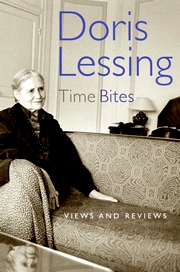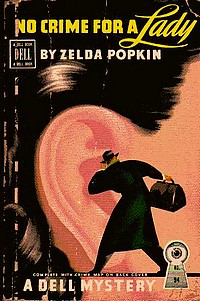Here, in an interview from 1972, Richard Yates, who was one of America’s better-known neglected writers during much of his career, nominates some candidates of his own for overdue recognition:
Q: Who among your contemporaries do you feel have been seriously neglected? What about the work of Edward Lewis Wallant?
A: A fine writer; and yes, seriously neglected today, though he was by no means overlooked or unappreciated when his books first came out. Wallant worked with tremendous energy and tremendous speed. He didn’t even start writing until he was over thirty; then he managed to produce four novels in five years before he died very suddenly of a stroke at the age of thirty-six, ten years ago. He and I were pretty good friends, though we used to argue a lot about working methods: I thought he ought to take more time over his books; he’d disagree. It was almost as if he knew he didn’t have much time. If he’d lived, God only knows how much good work he might have accomplished by now. Anyway, the four books are there, and I do believe they’ll last. [Editor’s note: Wallant’s four novels are The Pawnbroker, The Tennants of Moonbloom, reissued in 2003 by New York Review Classics, The Human Season, and The Children at the Gate.]
Q: What about the novels of Brian Moore?
A: Another very fine writer, also seriously neglected, though he’s very much alive today and still going strong. I just don’t understand why he hasn’t yet won a wider audience. Every good writer I know admires his work. I’ve always thought Judith Hearne is a masterpiece, and An Answer from Limbo comes pretty close. Even in his lesser books there are always fine things — great scenes, fine characterizations. And he’s such a steady producer, a real professional. He’s never yet allowed more than three years to go by without getting out a new book since he began, back in the Fifties.
Q: What about Evan S. Connell?
A: All I’ve read of his work so far is Mrs. Bridge, which I thought was beautiful, and a number of excellent short stories, but I know he’s produced a large body of fiction that’s much admired by people whose judgment I trust; so yes, sure, he too deserves to be much better known. Another excellent, underrated writer is Thomas Williams — or has he become well-established by now? If not, he ought to be. [Williams is best known for his 1975 National Book Award-winning novel, The Hair of Harold Roux
Q: Who do you consider some other good, neglected writers?
A: Read the four spendid books by Gina Berriault, if you can find them, and if you want to discover an absolutely first-class talent who has somehow been left almost entirely out of the mainstream. She hasn’t quit writing yet, either, and I hope she never will.
And read almost anything by R.V. Cassill, a brilliant and enormously productive man who’s been turning out novels and stories for twenty-five years or more, all the while building and sustaining a large influence on other writers as a teacher and critic. Oh, he’s always been well-known in what I guess you’d call literary circles, but he had to wait a long, long time before his most recent novel, Doctor Cobb’s Game, did bring him some widespread readership at last.
And George Garrett. I haven’t read very much of his work, but that’s at least partly because there’s so very much of it – and he too has remained largely unknown except among other writers. I guess his latest book [Latest in 1973, that is: The Death of the Fox, his long and ornate novel about Sir Walter Ralegh], like Cassill’s, did make something of a public splash at last, but that too was long overdue.
And Seymour Epstein — ever heard of him? I have read all of his work to date — five novels and a book of stories, all expertly crafted and immensely readable – yet he too seems to have been largely ignored so far.
But hell, this list could go on and on. This country’s loaded with good, badly neglected writers. Fred Chappell. Calvin Kentfield. Herbert Wilner. Helen Hudson. Edward Hoagland. George Cuomo. Arthur J. Roth — those are only a few.
My God, if I’d produced as much good work as most of those people, with as little reward, I’d really feel qualified to rant and rail against the Literary Establishment.

 In
In  In his article, “Judging a Book By Its Cover: 12 Book Designers Who Changed the Publishing Industry Forever,” in the May/June 2006 issue of
In his article, “Judging a Book By Its Cover: 12 Book Designers Who Changed the Publishing Industry Forever,” in the May/June 2006 issue of